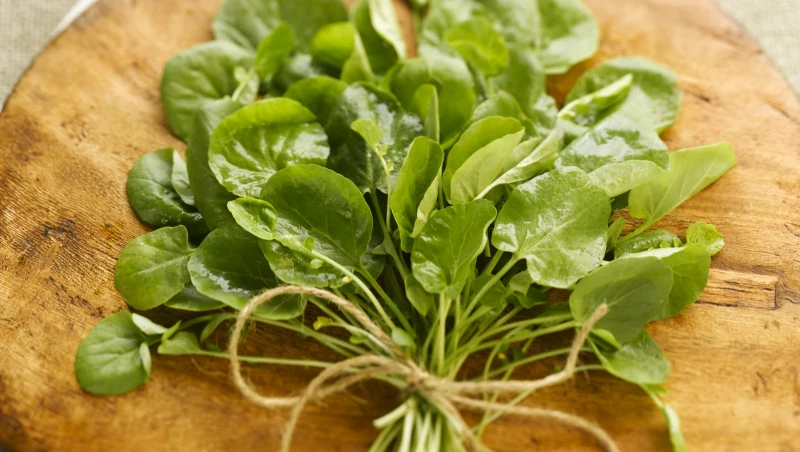Plant names can be confusing, even for experienced gardeners. Watercress, also known as Nasturtium officianale, is an invasive plant that can quickly take over habitats. It's easy to mistake watercress for the popular garden flower nasturtium due to their similar names. Despite both being part of the Brassica family and having edible leaves with a peppery taste, watercress can have a detrimental impact on the environment.
While nasturtiums are considered beneficial for gardens, watercress is classified as an invasive species in 46 states. Invasive species can disrupt ecosystems by out-competing native plants and causing imbalances in the environment. It's important to be cautious and avoid planting watercress to prevent ecological damage.
Reasons to Avoid Planting Watercress

The harm caused by invasive plants ranges from relatively benign garden overgrowth to widespread threats to native plant species. Watercress is extremely prolific, spreading by both seeds and stem fragments. This species likes cold, clear water but can also be found in ditches, marshes, and along pond edges. With so many chances for spreading and such a wide variety of welcoming habitats, it's best to shelve your plans for planting watercress.
If you're looking for a new adventure, consider foraging for watercress in the wild. Nasturtium officianale can be found in local parks and natural spaces, making it a popular choice for those interested in sourcing wild foods. However, it's important to be cautious when consuming wild plants. Make sure to properly identify the plant before eating it, and consult resources like the University of Missouri Library's Plant Identification and Foraging Guide. Additionally, check if foraging is allowed in the area, as some wilderness areas and parks have restrictions. The U.S. Forest Service advises washing wild watercress thoroughly to reduce the risk of parasites like Giardia.
What to plant instead
Toss out your plans to add Nasturtium officianale to your garden, and plant some nasturtium (Tropaeolum majus) seeds instead. These beautiful plants are easy to grow in poor soil and are relatively drought-tolerant. They also make great companion plants for vegetables like cabbages, as their flowers can help deter pests like aphids and potato bugs.
Vibrant nasturtium flowers attract pollinating insects and hummingbirds. With over 80 varieties available, these flowers come in shades of orange, yellow, red, or cream. By planting nasturtiums in your garden, you can support pollinator populations, which are crucial for food security according to the Environmental Protection Agency. Including flowers like nasturtiums can help your garden thrive by attracting beneficial insects.








